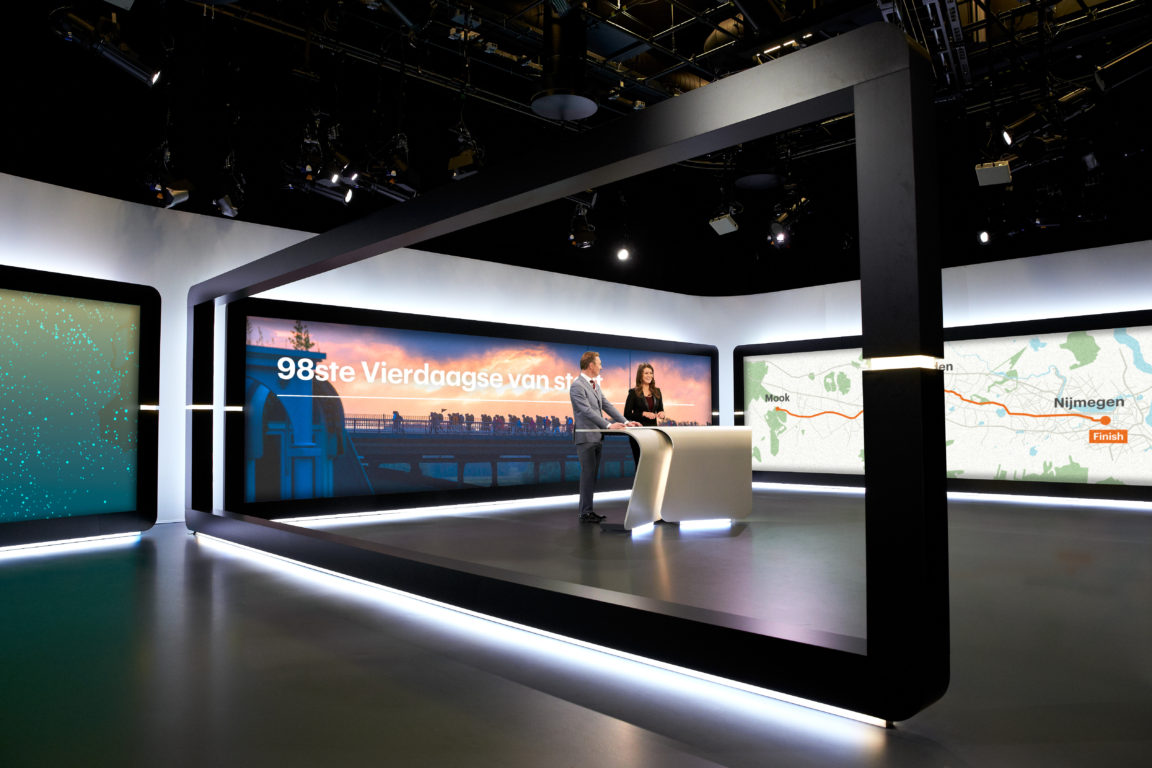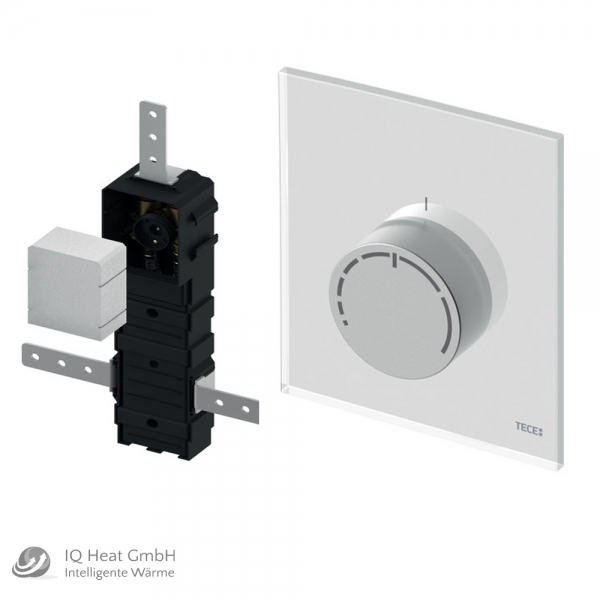Table Of Content

Our professional in-house designers review and repair every order we receive to ensure each one is printed to perfection. Accuracy, quality and expedience are core to our business and day-to-day operations. With free shipping and competitive pricing, we provide our high-quality products for a price and standard unmatched anywhere. Purchased t-shirts for an event at my church and realized only two days before the event that we still needed more shirts. They picked up the phone immediately and in 48 hours we had the rest of the shirts.
What is RTL Design?
Fig.3 summarizes the design qualities of generated design RTL from different LLMs2. It also presents the qualities of our designer-generated reference design 𝒱ₕ in RTLLM. With the high demand in the industry, it is not much difficult for the right talent to find a good job that pays handsomely. RTL designs can be easily reused for different projects or integrated into larger systems. Designers can create libraries of reusable RTL components, saving time and effort in future projects [3]. A real-world example of implementing RTL design can be seen in the development of a digital signal processing (DSP) system for a wireless communication device.
"Thinking rooms": Milan design fair opens with sustainability and David Lynch - RTL Today
"Thinking rooms": Milan design fair opens with sustainability and David Lynch.
Posted: Tue, 16 Apr 2024 11:15:02 GMT [source]
Easier Debugging and Verification
It provides an abstract view of the circuit's operation, hiding the underlying implementation details. The RTL description was then verified using simulation and formal verification methods. For simulation, a set of test vectors was created based on the system's specifications, and these vectors were applied to the RTL design using a simulation tool.

Leveraging RTL Design for Faster, Efficient Circuits

An RTL description is usually converted to a gate-level description of the circuit by a logic synthesis tool. The synthesis results are then used by placement and routing tools to create a physical layout. Blind is a marketing company that has been working with clients from its Los Angeles office for over 20 years.
The Evolution of Semiconductor Technology – Shaping Our Digital World
In general, synchronous logic is the preferred choice for most digital systems due to its predictability and ease of design. However, asynchronous logic can offer advantages in specific applications where power consumption or performance is critical. RTL design is generally used for digital circuits that are relatively simple and have a small number of inputs and outputs. For more complex circuits, other design methodologies may be more appropriate. RTL can be used to design any digital circuit, either combinational or sequential. Similarly, RTL logic can also implement the asynchronous (event-based) or synchronous (clock) based logic.
RTL for Synchronous vs Asynchronous Logic
It describes the circuit's functionality using a hardware description language (HDL) such as VHDL or Verilog. RTL design allows designers to express complex digital systems using a concise and structured representation. RTL coding is the process of writing the RTL description of a digital system using a hardware description language (HDL) such as VHDL or Verilog. This stage of the RTL design process involves specifying the data flow and operations of the system in terms of registers, operations, and data flows.
How do I become a graphic designer?
However, even huge teams are struggling to complete large, complex designs on schedule using traditional rigid development flows. Our agile methodology relies on rapid iterative improvement of fabricatable prototypes using hardware generators written in Chisel, a new hardware description language embedded in a modern programming language. The parameterized generators construct highly customized systems based on the free, open, and extensible RISC-V platform. It’s an abstraction for digital circuitry and creating a simulation of the viable product. There are basically two forms of it — Sequential Circuit and Combinational Circuit.
RTL design refers to a process in the field of digital circuit design, where the behavior of a digital system is described at the register-transfer level. This level of abstraction is crucial for designing complex integrated circuits and is a key stage in the electronic design automation (EDA) process. In this, the designer describes the behavior of the circuit using a hardware description language (HDL) such as VHDL or Verilog. These descriptions are then synthesized into a gate-level netlist, which is a representation of the circuit at the level of gates and interconnections.
Verification and Simulation
Nor does AMD require copies of IDs, passports, or other identification as a part of the interview process. If you have experienced these requests, this is a scam, and you may wish to consider making a report to ReportFraud.ftc.gov or IC3.gov. We encourage job seekers interested in AMD roles to apply on the amd.com Careers page.For AMD employees looking to refer someone or search for new opportunities, please use the Internal Career Site. The t-shirts got here a week before our event, so we weren’t scrambling or worried and they ended up just like the mockup on the website.
It involves the use of HDLs, synthesis tools, simulation tools, and verification tools, and involves the consideration of factors such as timing, power, and area constraints. By using a good RTL coding style and taking these considerations into account, designers can create efficient and high-performing digital circuits for use in a wide range of applications. Understanding RTL design is essential for digital circuit designers to create efficient and reliable circuits. RTL design encompasses various stages such as behavioral description, verification and simulation, synthesis, timing analysis and optimization, and design reusability. By leveraging RTL design techniques, designers can optimize performance, reduce power consumption, utilize resources effectively, and achieve successful circuit implementation. With its crucial role in IP design and SoC integration, RTL design paves the way for developing complex and integrated systems.
Awesome company, awesome customer service, and beautiful quality T-shirts, I’ll stay a customer. In this paper, we show that distributed applications suffer from each node’s language runtime system making GC-related decisions independently. We first demonstrate this problem on two widely-used systems (Apache Spark and Apache Cassandra). We then propose solving this problem using a Holistic Runtime System, a distributed language runtime that collectively manages runtime services across multiple nodes.
The HLS tool then automatically generates the RTL description from the high-level description. This not only reduces the complexity of the design process but also allows designers to leverage their software programming skills. RTL design, while a powerful methodology for digital system design, presents several challenges. These include handling design complexity, managing power consumption, and ensuring design correctness. However, various solutions have been developed to address these challenges, including RTL partitioning, power optimization techniques, and formal verification methodology. RTL design is typically done using a hardware description language (HDL) such as VHDL or Verilog.
By reusing proven design blocks, or IP cores, designers can reduce the amount of new RTL code that needs to be written and verified. Partitioning can also be done based on the physical characteristics of the design, such as low-power domains or clock domains. This is known as physical partitioning and is used for power estimation and timing analysis of design.
In this example, a and b are input registers, and result is the output register that stores the result of the AND operation. In this example, a and b are input registers, and sum is the output register that stores the result of the addition operation. The data stored in a register is often referred to as the state of the register. The state of a register can change over time as new data is stored in the register. The sequence of states that a register goes through over time is a key aspect of the behavior of the digital system.

No comments:
Post a Comment